Whiskers. They make sure your dog's kisses are always wet after he takes a big drink, and they act as super fun stringy things for your cat to bat when your dog's face gets too close. They grow thickly on the muzzle, haphazardly on the cheeks, and sometimes appear as big eyebrows. Whiskers almost seem like nonsensical features of a dog's face, much like human freckles or that random black hair that keeps appearing on your chin (you can always see it best in your car's rear view mirror).
But whiskers aren't just another word for your grandpa's excellent beard. They are a distinguishing canine feature and an essential part of doggie anatomy, ensuring dogs can successfully navigate the world around them.
What Are Dog Whiskers For?
Long and often white, gray, or black in color, whiskers—also known as vibrissae—are hairs that shoot out from a dog's muzzle and above her eyes. The follicles (where the hair is anchored to the skin) of whiskers are packed with nerves that send sensory messages to a dog's brain. These follicles are incredibly sensitive, even responding to changes in air currents.
3 Reasons Why Dogs Need Whiskers
Dogs just wouldn't be dogs without those cute and hairy faces. But whiskers are functional too, helping keep our canines safe and active. We look at three reasons why dogs really need their whiskers:
1. Whiskers Help Dogs to See
It seems like our dogs notice everything, including that fallen piece of chicken or the cup of wine your husband left (clearly without thinking) on the easy-to-reach side table. But dogs don't actually see everything … not with their eyes anyway. Whiskers are key to helping dogs perceive their surroundings in ways that are more nuanced than what they can see with their vision only.
Ever throw a treat that lands right in front of your dog's face but they somehow can't seem to find it? It looks silly as he noses around for the treasure that is so obviously (to you) right there. A dog's vision overall is pretty farsighted compared to that of a human, because dogs traditionally have long muzzles and wide-set eyes (with the exception of brachycephalic breeds like pugs). These doggie features make it hard for your dog bestie to focus on things directly in front of them—or hiding under their nose.
Can Dogs See Color? The Truth About Color Blindness in Dogs
Has your normally lazy dog shocked you as they leapt over your coffee table like an Olympic hurdler, all just to chase your cat? Dogs' eyes have evolved to detect the fast movements of things, like prey species, and their whisker hairs help them to interpret the size, shape, vibrations, and speed of moving objects. As a dog moves, air is stirred up and bounces back from the different surfaces he approaches. This causes the vibrissae (whiskers) to bend just a little bit, creating a neural response that tells your dog to move out of the way before he runs into something—like that coffee table—making him a scary-looking predator to your unsuspecting kitty.
2. Whiskers Help Dogs Show Their Emotions
Incredibly, whiskers also assist a dog in expressing their feelings, especially during dog-to-dog communication! When a dog feels distressed or threatened, their whiskers will reflexively flare and point in a curved, downward direction. This typically happens with other very serious body language, like teeth showing, growling, and "whale eye" or a hard stare, communicating that the dog is not happy and is preparing to protect himself. Watching your dog's whole body, including his face and whiskers, can help you identify when he's uncomfortable or needs you to step in and deflect an encounter.
3. Whiskers Help Dogs Hunt
From one breed to another, the size and number of whiskers on a dog's face can differ. This is most evident in dogs bred for hunting. For instance, hound breeds like the very large and fast Irish wolfhound have immense whiskers that appear proportional to their body, making them long, dense, and coarse.
The Irish wolfhound was originally bred to hunt big, quick game like elk. During a fast hunt through a dense forest or overgrown fields, the whiskers would aid the wolfhound in navigation, helping the dog move effortlessly and avoid trees. Today, Irish wolfhounds are unlikely to go on hunting excursions, but their whiskers still play a vital role, helping the huge dog to make his way safely (well, as long as his tail isn't moving) through his living room and keeping him graceful during outdoor hikes.
It is for all these wonderful reasons that a dog owner should never cut or trim their dog's whiskers. Doing so will hinder your dog's ability to thrive in his environment and make it more challenging to have "conversations" with other canines. So let your dog's whiskers flourish and just grab a towel in preparation for the next time your dog is really thirsty.

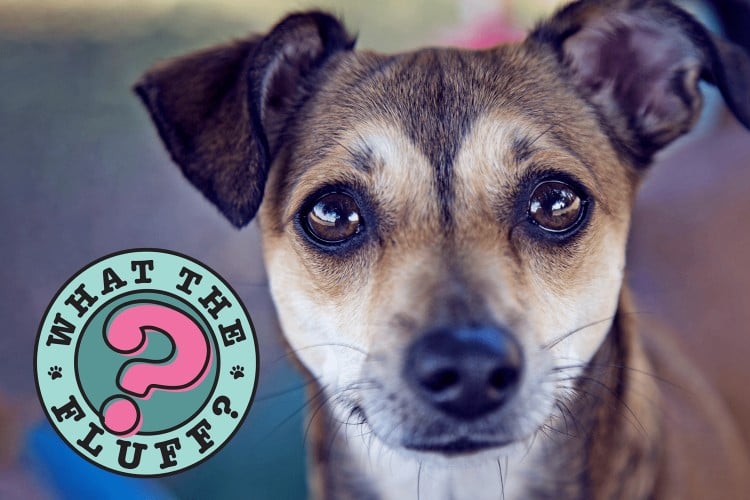

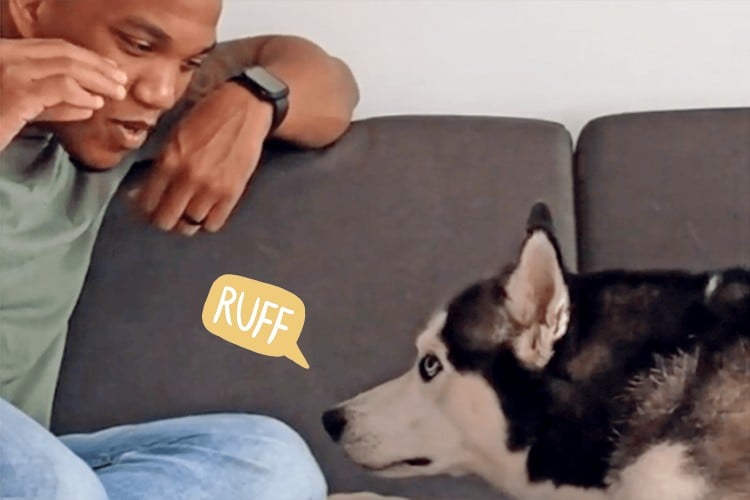
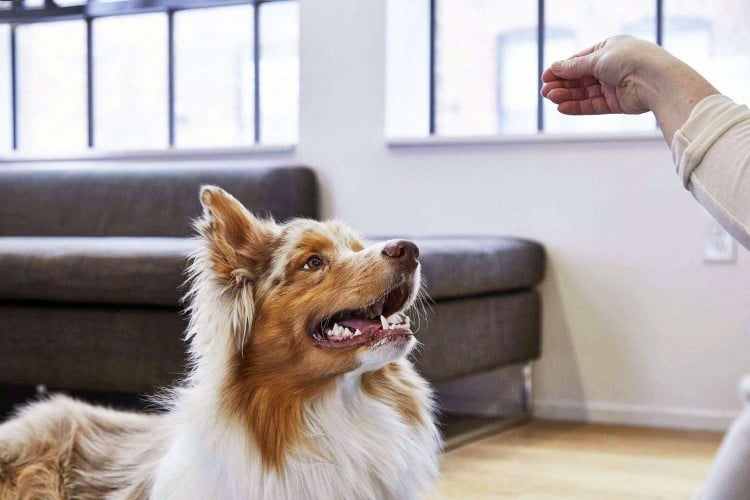



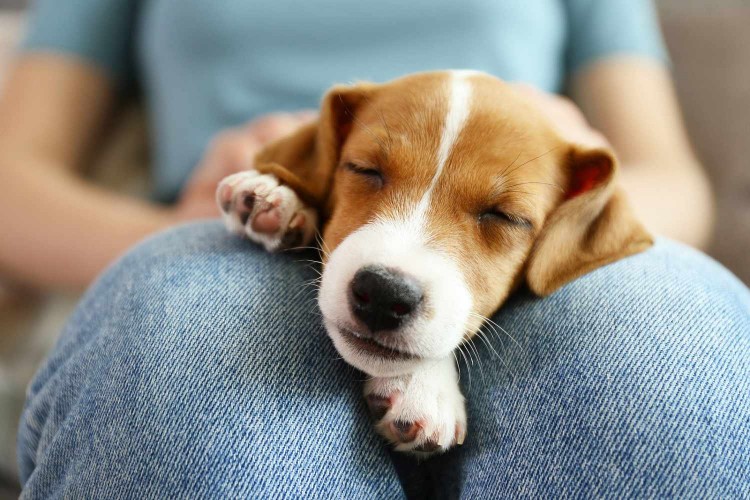
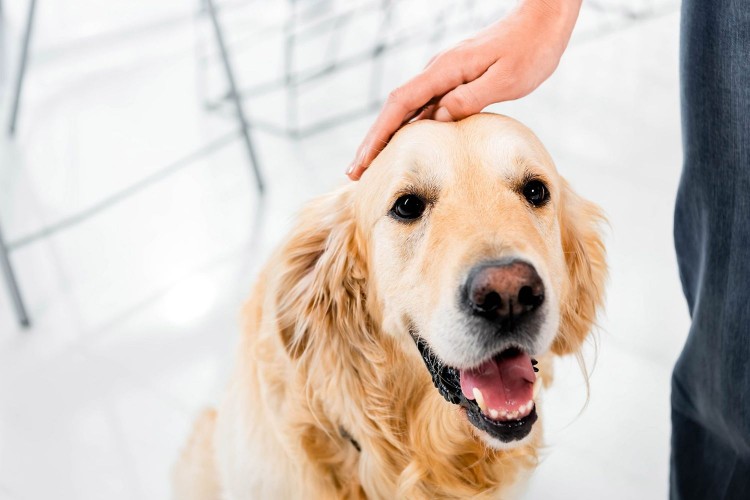
Comments on " Why Do Dogs Have Whiskers? They're Not Just For Looks!" :